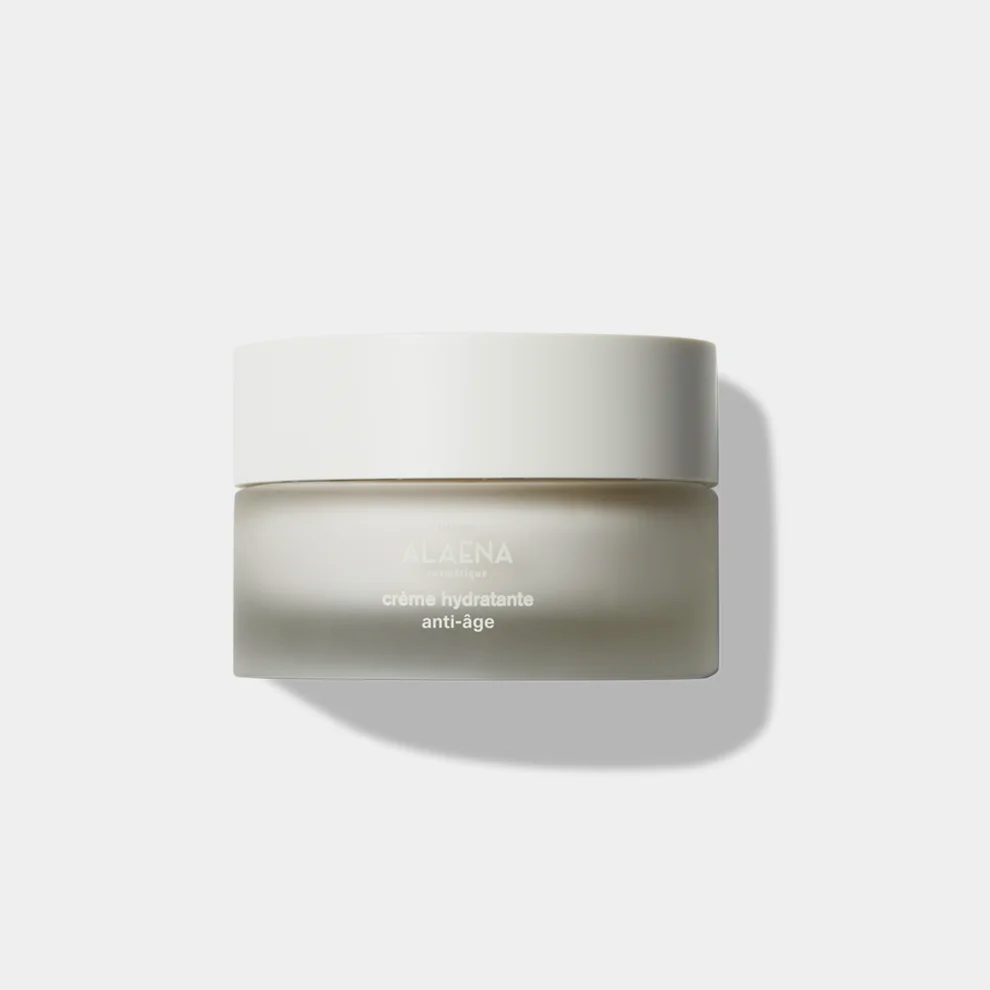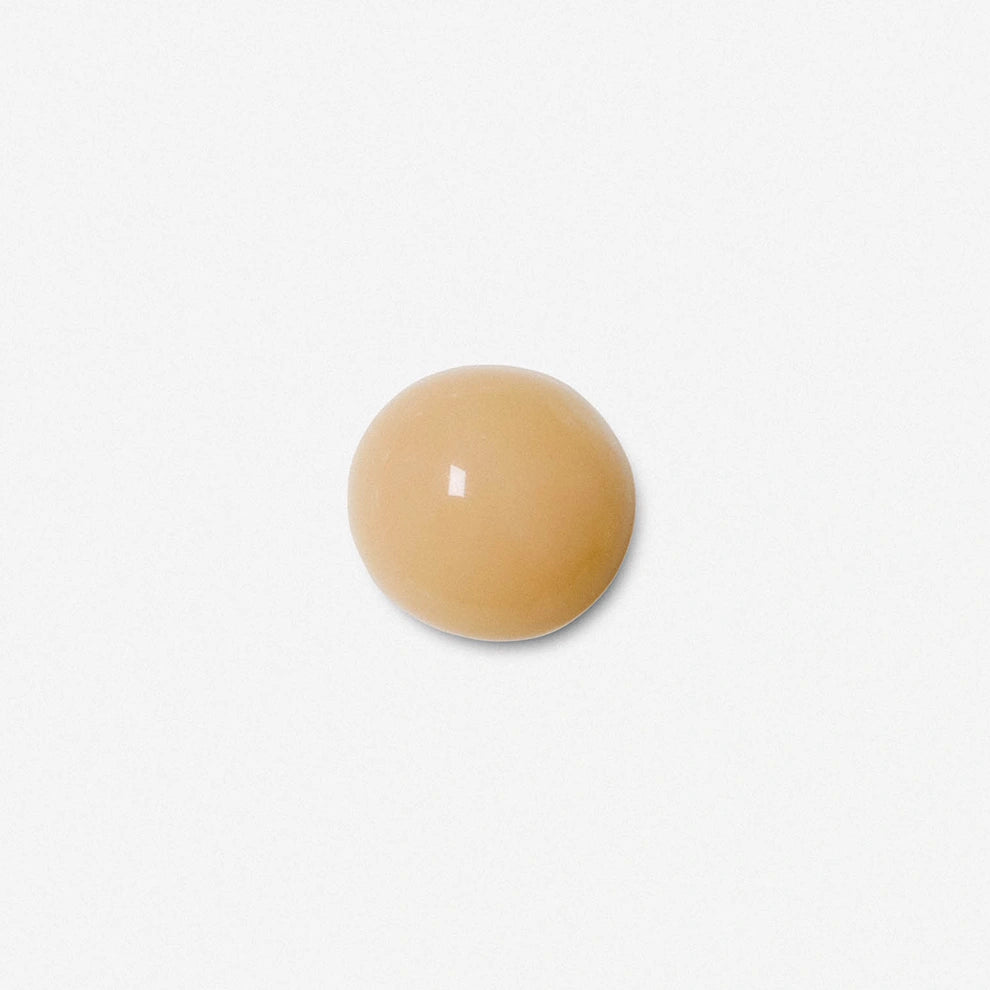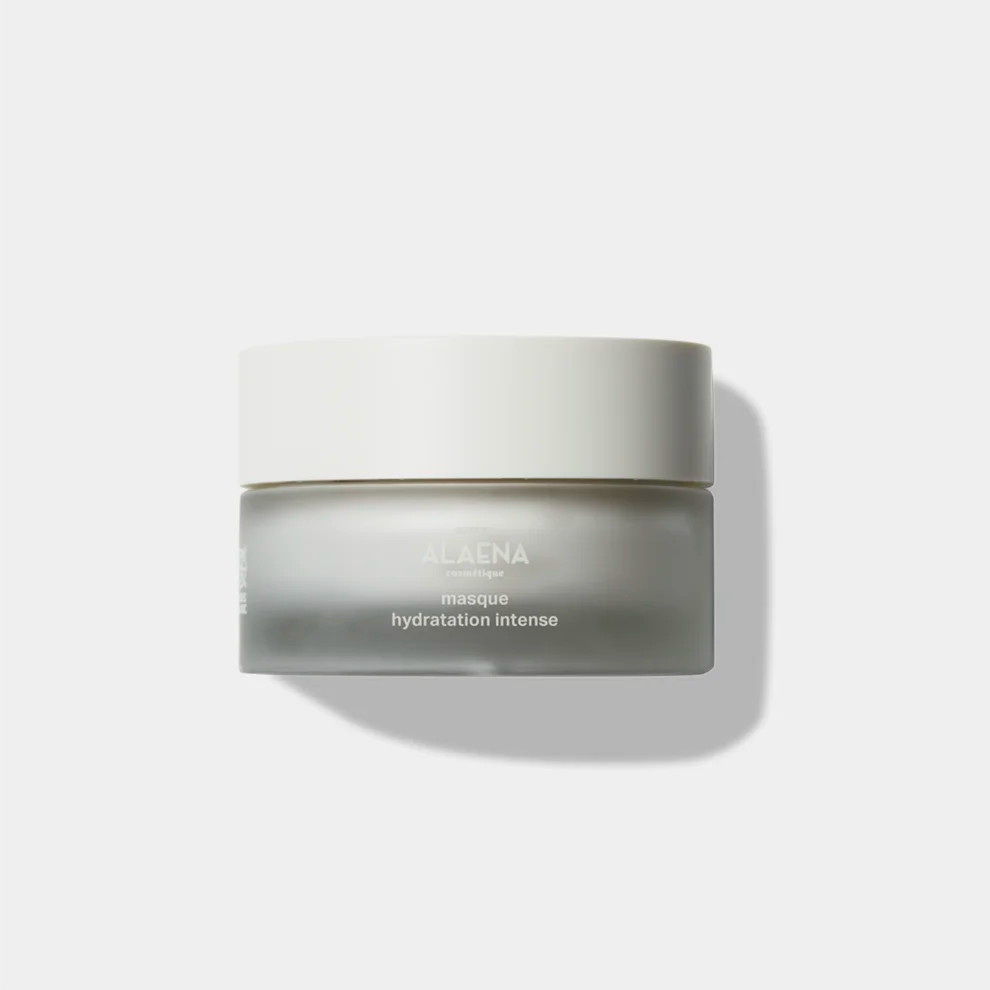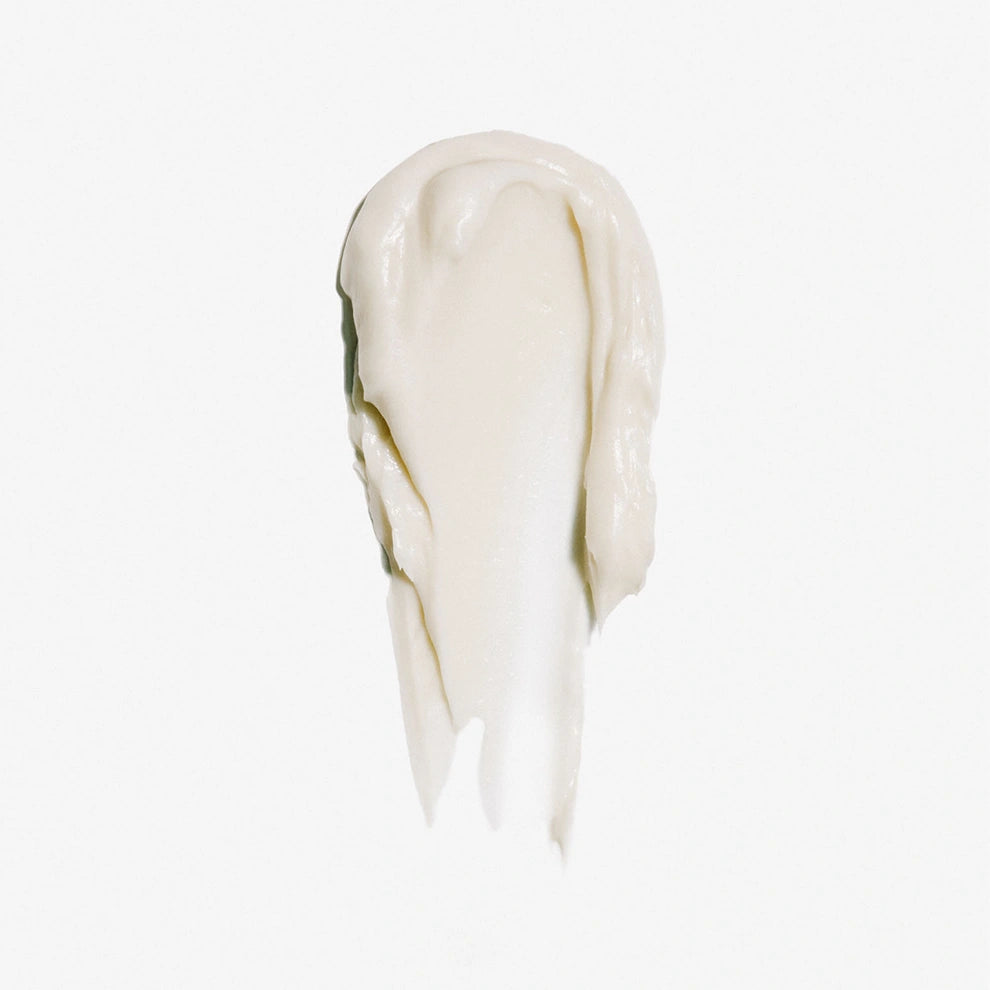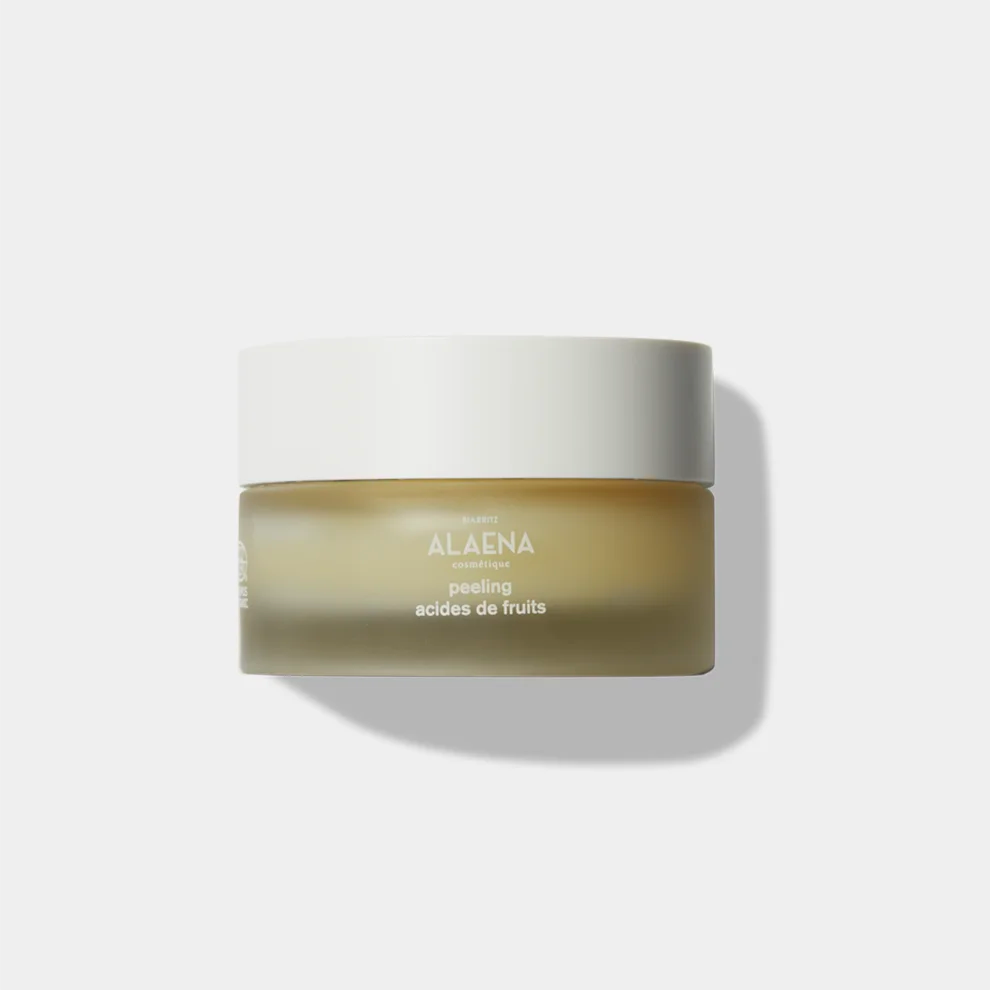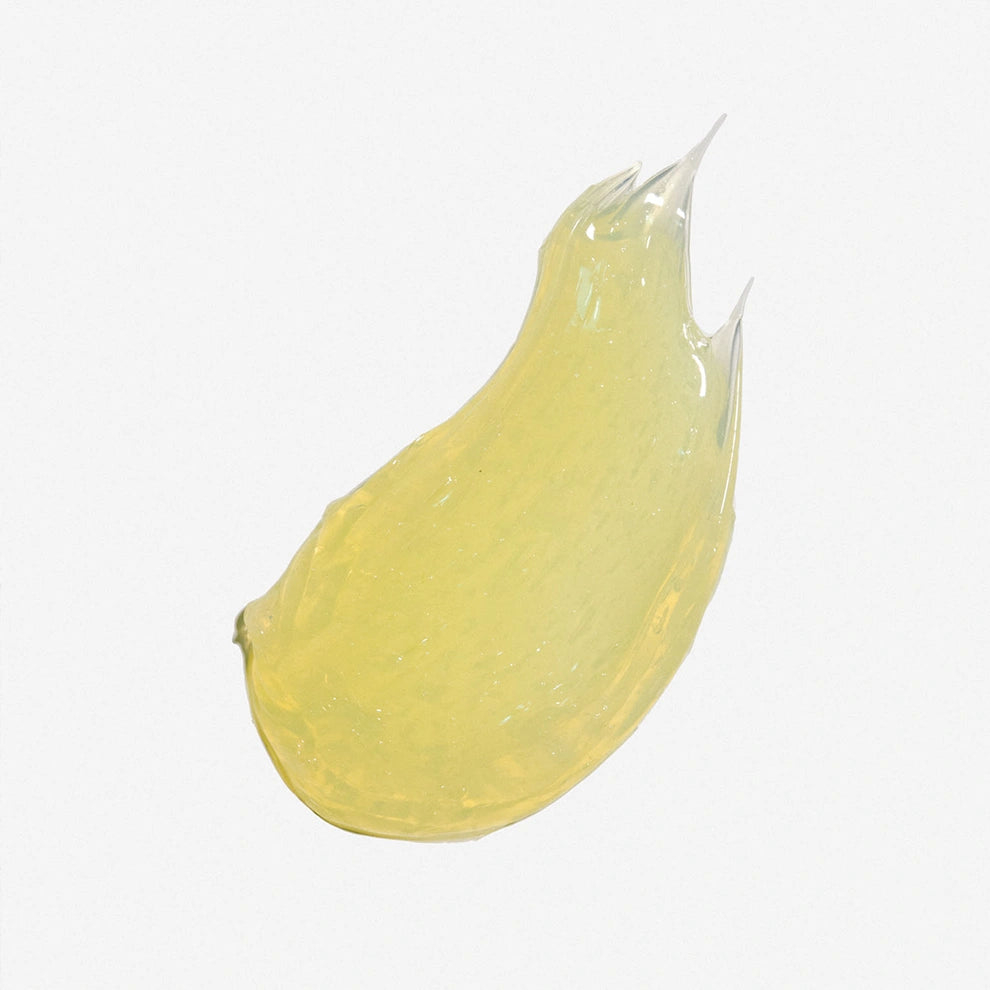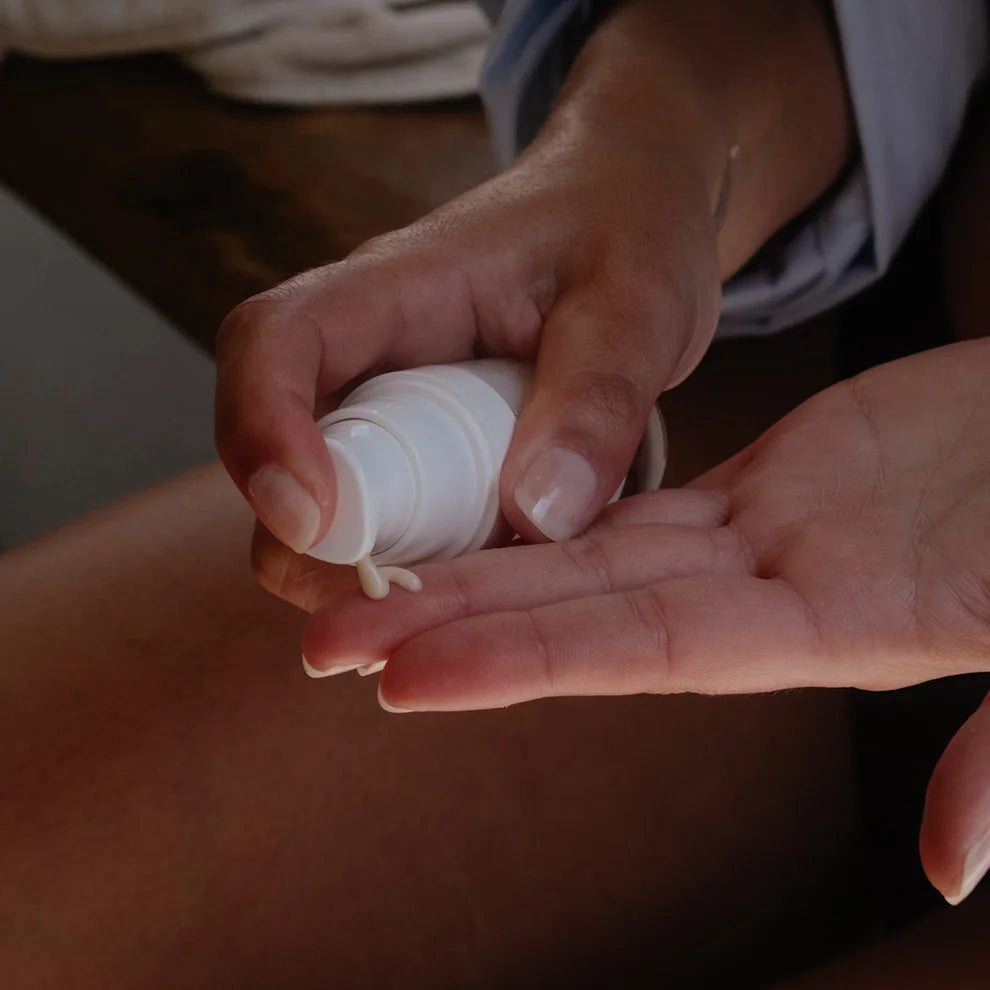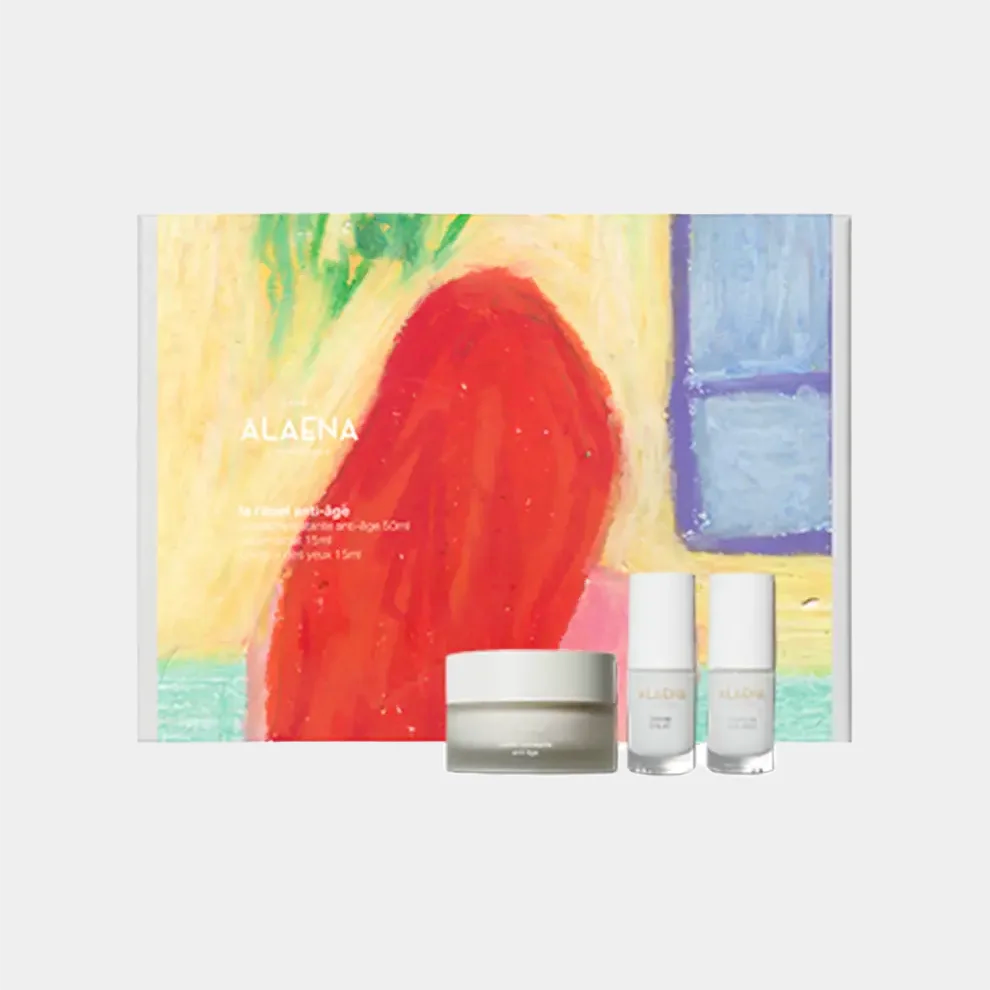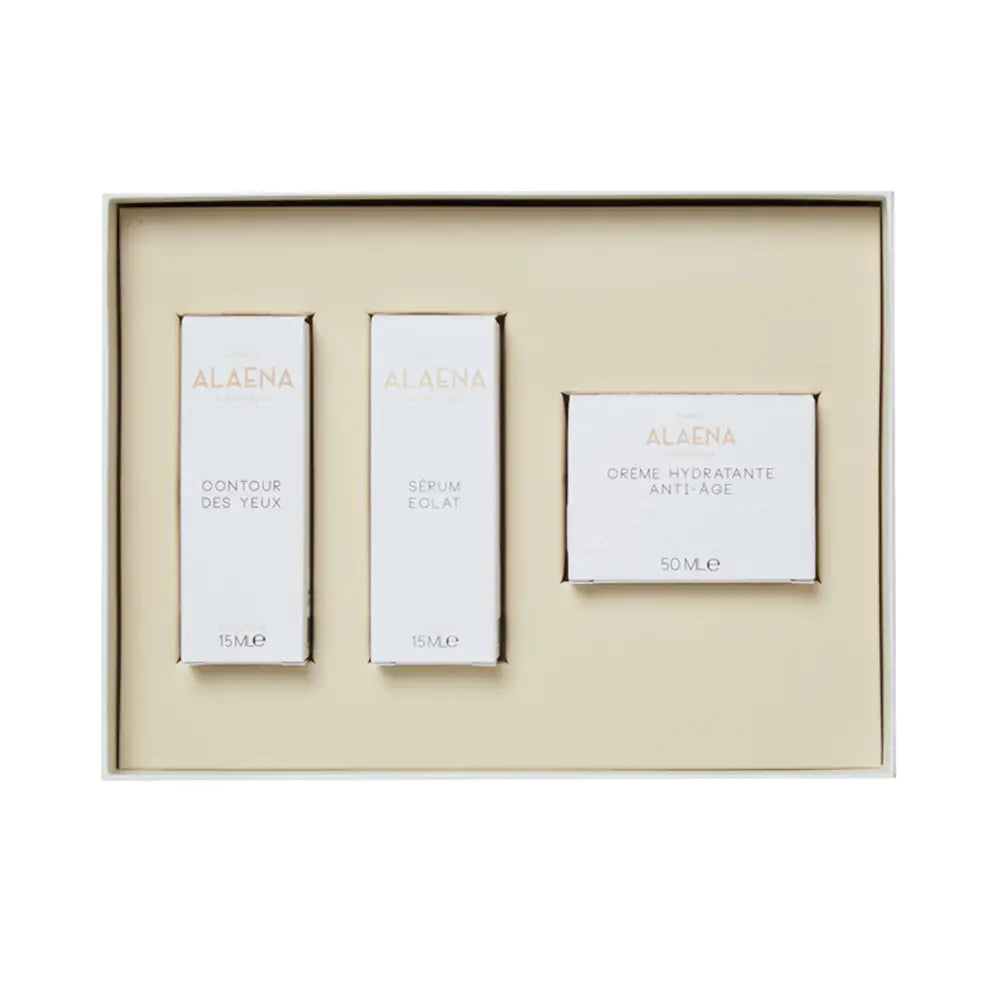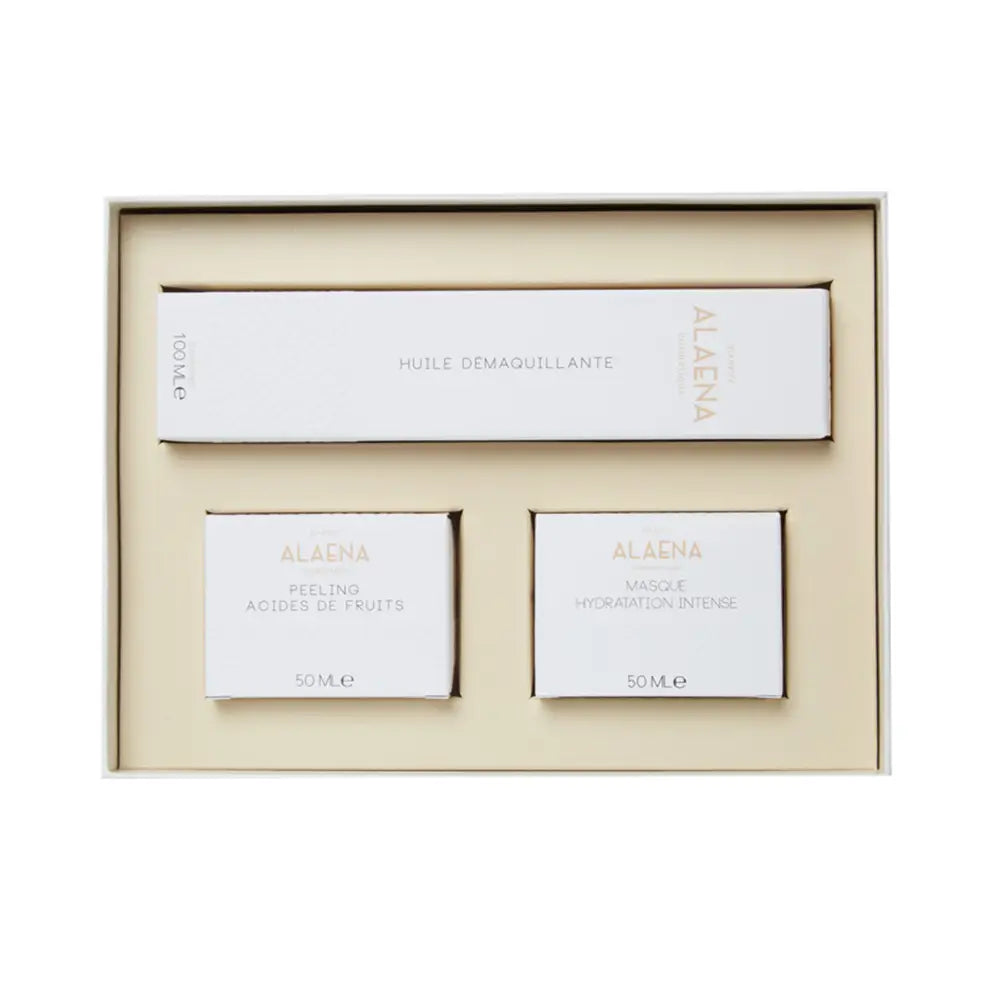There is your heritage, it is theintrinsic aging,related to your genetics and hormones.
Over time, the entire architecture of the skin changes.
- At the surface level of the epidermis: there is a decrease in cell renewal and a lack of lipids. The skin is therefore drier and thinner. Or conversely, thick skin will see its surface layer thicken, become rougher and more irregular, and the pores dilate.
- In the dermis, from the age of 25, the production of elastic and connective tissues decreases as does microcirculation, which is the breeding ground for the first fine lines, pseudo-comedones can appear and the complexion becomes duller.
- In the deeper layers, it is the fatty tissue that decreases, the muscles relax, the bone is resorbed and wrinkles deepen.
THEextrinsic agingis related to external factors: sun, pollution, tobacco, stress, excess alcohol, lack of sleep, diet... The damage caused by the sun and UV rays called heliodermia is well known. This photoaging causes the skin to lose its radiance and transparency. This is due to the vessels that dilate and an infinite number of micro pigmented spots that appear. As a result, the complexion is dull. Associated with this is solar elastosis - the elastic tissue damaged by UV rays reinforces the sagging of the skin, the complexion is yellowish with dilated follicular orifices.
Finally, as we age, the weight applied to our cheekbones causes ptosis, which weighs down our nasolabial folds, our corners of the mouth, and even our mandibles. The triangle formed by the eyes and mouth is inverted: this is the loss of the oval. It also brings out the periorbital fat, hence the bags under the eyes. Certain overactive muscles promote frown lines at the glabella and crow's feet.


